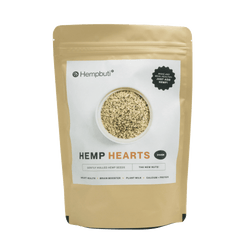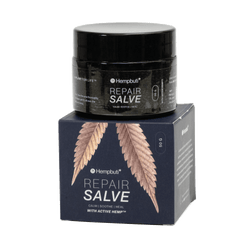Hello, wellness explorers! It's your friend, Humna. Let's talk about one of the most fascinating comeback stories in the wellness world: cannabis in India. For centuries, this plant has lived a double life. On one hand, it's deeply woven into our culture and history—think bhang during festivals. On the other, it's been cloaked in stigma, a taboo subject whispered about in hushed tones.
But the times, they are a-changin'. The narrative around cannabis is getting a massive rebrand, and what was once controversial is now becoming a cornerstone of the modern wellness industry. So, how did this incredible marketing evolution happen?
The Year the Conversation Changed
Rewind to 2018. This was a watershed year for cannabis in India. The game-changer? Patanjali, a brand trusted in millions of Indian homes, stepped into the arena. CEO Acharya Balkrishna announced that the company was researching cannabis for its medicinal properties, completely flipping the script.
Suddenly, the conversation wasn't just about getting high. Patanjali framed cannabis through the lens of:
-
Ayurvedic Heritage: Highlighting that cannabis has always had a place in ancient medicinal texts.
-
Scientific Backing: Pointing to modern studies on its potential to help with serious health conditions.
-
Industrial Promise: Talking about hemp as a sustainable resource for textiles and other materials.
By separating the plant from its recreational stereotype, Patanjali gave cannabis a stamp of legitimacy that years of advocacy couldn't achieve alone. It moved from the fringes to the mainstream.
A Tale of Two Perceptions
This shift represents a full-scale rebranding of the plant in the public's mind. The evolution is stark when you compare the old narrative to the new one.
| The Old Stigma | The New Science |
|---|---|
| Associated almost exclusively with illegal recreational use | Framed as a powerful medicinal and wellness product |
| A controversial plant surrounded by myths and legal fears | Legitimized by both ancient Ayurvedic texts and modern research |
| Restricted under the NDPS Act of 1985 | Viewed as a massive economic opportunity for medicine and industry |
| A topic avoided in polite company | A mainstream subject discussed by major brands, media, and policymakers |
The "Green Rush" and a Booming Market
Following 2018, a "green rush" of startups and entrepreneurs began. Brands like BOHECO, Awshad, and India Hemp Organics started introducing innovative products—from nutritional powders to therapeutic oils—further cementing cannabis's place in the wellness market.
The government has also started to take notice. While recreational use remains illegal, the Ministry of AYUSH has recognized the medicinal properties of cannabis. States like Uttarakhand and Uttar Pradesh have even begun allowing regulated cultivation for industrial and scientific purposes, signaling a major policy shift. This has paved the way for a market that was estimated at $1.3 billion in 2024 and is projected to grow significantly.

What's Next for Cannabis in India?
The journey is far from over. Regulatory hurdles and lingering social stigma are still challenges that the industry must navigate. Education is key. As leaders in the space have pointed out, it's a collective responsibility to inform the public and decouple the plant's thousand other beneficial uses from its one intoxicating compound.
The evolution of cannabis marketing in India is a powerful lesson in how perception can be transformed. By focusing on its healing potential and economic benefits, the narrative is slowly but surely shifting from taboo to celebrated. It's a journey back to its roots—as a plant of immense value for health, wellness, and industry.









